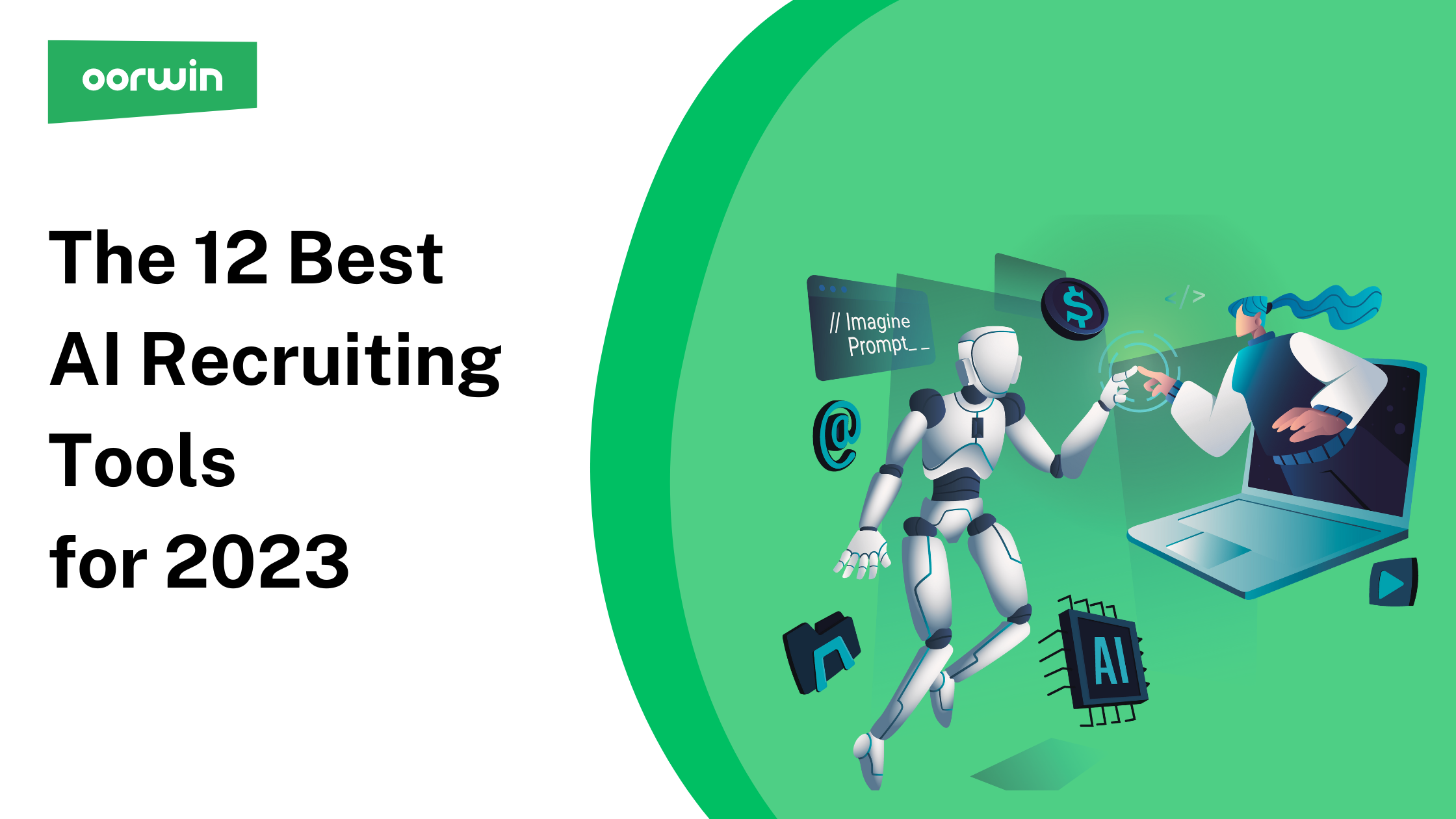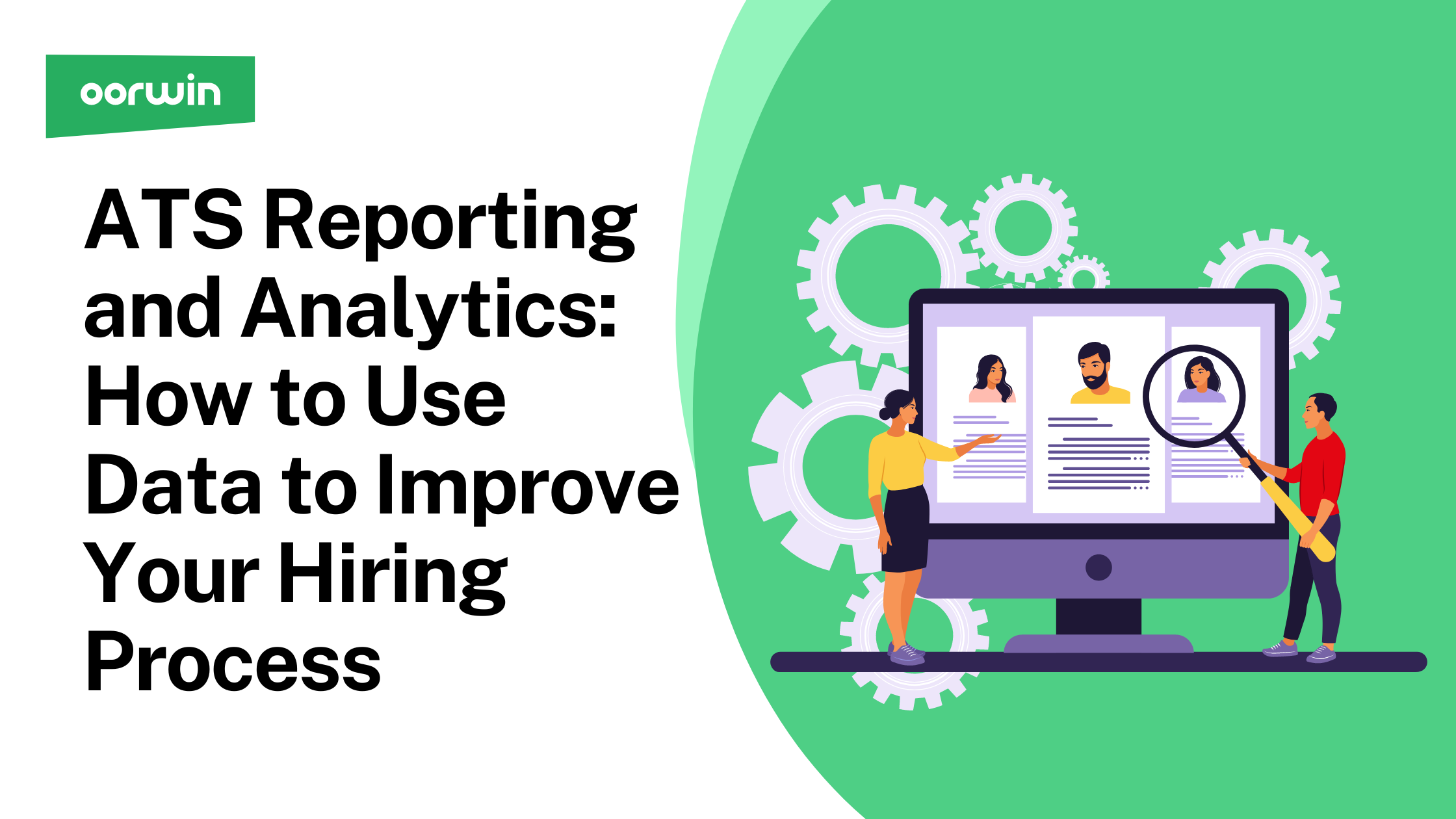AI Recruiting Tools of 2023
In the rapidly evolving landscape of talent acquisition, artificial intelligence (AI) has emerged as a game-changer. With its ability to streamline processes, enhance efficiency, and identify top candidates, AI recruiting tools have become indispensable for modern HR professionals. In this article, we delve into the leading AI recruiting tools of 2023 that are revolutionizing the way organizations attract, assess, and hire talent.
How Does the Recruitment Process Incorporate AI?
Integrating AI into the recruitment process has transformed how organizations identify and select potential candidates. By leveraging machine learning algorithms, natural language processing, and predictive analytics, AI tools can sift through vast volumes of data, identify patterns, and present recruiters with the most suitable candidates. This expedites hiring and ensures a more accurate match between candidates and job roles.
Top 12 AI Recruiting Tools – 2023
Let’s dive into the top 12 artificial intelligence recruiting software that is leading the charge in 2023:
1. Paradox
Paradox utilizes conversational AI to engage candidates and streamline the initial stages of the recruitment process. Its AI-powered recruiting software has chatbots that can answer candidate queries, schedule interviews, and gather essential information, freeing up recruiters’ time for more strategic tasks.
2. Manatal
Manatal offers end-to-end recruitment solutions powered by AI. It assists with candidate sourcing, resume screening, and interview scheduling and even provides insights into market trends for better decision-making.
3. Oorwin
Oorwin stands at the forefront of AI-driven HR solutions. Seamlessly integrating applicant tracking, CRM, and HR management, Oorwin enhances candidate engagement and data-driven decision-making. AI algorithms aid recruiters in sourcing, engaging, and scheduling interviews for effective nurturing of candidates, transforming the recruitment process into a strategic advantage for organizations.
4. Breezy.hr
Breezy.hr leverages AI to automate various stages of recruitment, from job posting to interview scheduling. Its AI-powered assessment tools evaluate candidates’ skills and personalities, aiding in more informed hiring choices, and is the leading artificial intelligence recruiting software.
5. JobAdder
JobAdder’s AI-enhanced platform assists in candidate sourcing and engagement. Its algorithms match candidates to job roles based on skill compatibility, improving the efficiency of shortlisting candidates.
6. HireVue
HireVue specializes in AI-driven video interviewing. Its technology assesses candidates’ verbal and non-verbal cues to provide insights into their suitability for the role, enhancing the interview process.
7. Smart Recruiters
Smart Recruiters’ AI capabilities focus on improving sourcing efficiency and candidate engagement. Its platform automates job distribution, candidate screening, and interview scheduling.
8. Workable
Workable’s advanced AI capabilities empower recruiters by streamlining talent acquisition processes. This platform automates repetitive tasks like resume screening and interview scheduling, allowing HR professionals to concentrate on strategic aspects.
9. Fetcher
Fetcher simplifies candidate sourcing through AI and automation. It identifies potential candidates from various sources and provides contact information, saving recruiters valuable time. This automation saves time and improves efficiency in the early stages of recruitment.
10. Textio
Textio’s artificial intelligence recruiting tool analyzes job descriptions and predicts their effectiveness in attracting candidates. It suggests language adjustments to create more inclusive and compelling job postings. This AI-driven tool ensures that job descriptions are engaging and resonate effectively with potential applicants.
11. Amazing Hiring
True to its name, Amazing Hiring simplifies candidate search using AI technology. Scouring various platforms and social networks identifies potential candidates that might be missed through traditional methods. This comprehensive approach accelerates the sourcing process, helping recruiters discover top talent efficiently.
12. hireEZ
hireEz employs AI to enhance candidate engagement and improve the hiring experience. It automates resume screening and uses predictive analytics for better talent matching. This AI tool enhances both candidate experience and recruitment outcomes.
Significance of AI Recruitment Tools in Today’s Employment Landscape
In today’s competitive job market, artificial intelligence recruiting software provides a competitive edge by optimizing hiring processes, reducing bias, and ensuring better candidate fits. These tools empower HR professionals to focus on strategic decision-making while letting AI handle the repetitive and time-consuming tasks.
Stay ahead in the recruitment game by embracing Oorwin AI recruiting software, and witness the transformation they bring to your organization’s talent acquisition efforts in 2023 and beyond.
Schedule a demo today!
Frequently Asked Questions
How Is AI Used in Recruitment?
AI is used in recruitment to automate various tasks such as resume screening, candidate sourcing, interview scheduling, and even predicting candidate success based on historical data.
Why Use Artificial Intelligence Recruiting Software?
Artificial Intelligence Recruiting software enhances efficiency, reduces time-to-fill, minimizes bias, and improves the quality of hires by identifying the best-fit candidates more accurately.
What Transformations Does AI Bring to Talent Sourcing and Recruitment?
AI transforms talent sourcing and recruitment by speeding up processes, improving candidate engagement, providing data-driven insights, and enabling better decision-making for HR professionals.

